10 Animals That Use Tools Better Than You Do
In the vast expanse of the animal kingdom, innovation isn't solely the domain of humans. Across the globe, many animals have honed the art of tool use to such a degree that they could give even the most seasoned human inventors a run for their money. From the bustling forests of Southeast Asia to the arid plains of Africa, these creatures demonstrate ingenuity and adaptability that challenges our understanding of intelligence and problem-solving. This exploration into the unexpected toolmasters of the animal kingdom will unravel the fascinating ways these creatures use tools to survive, thrive, and sometimes even outsmart their human counterparts. As we delve into each section, prepare to be amazed by the creativity and resourcefulness nature offers, reminding us that human standards do not solely measure intelligence but are a shared trait across the tapestry of life.
1. The Crafty Crows and Their Clever Contraptions
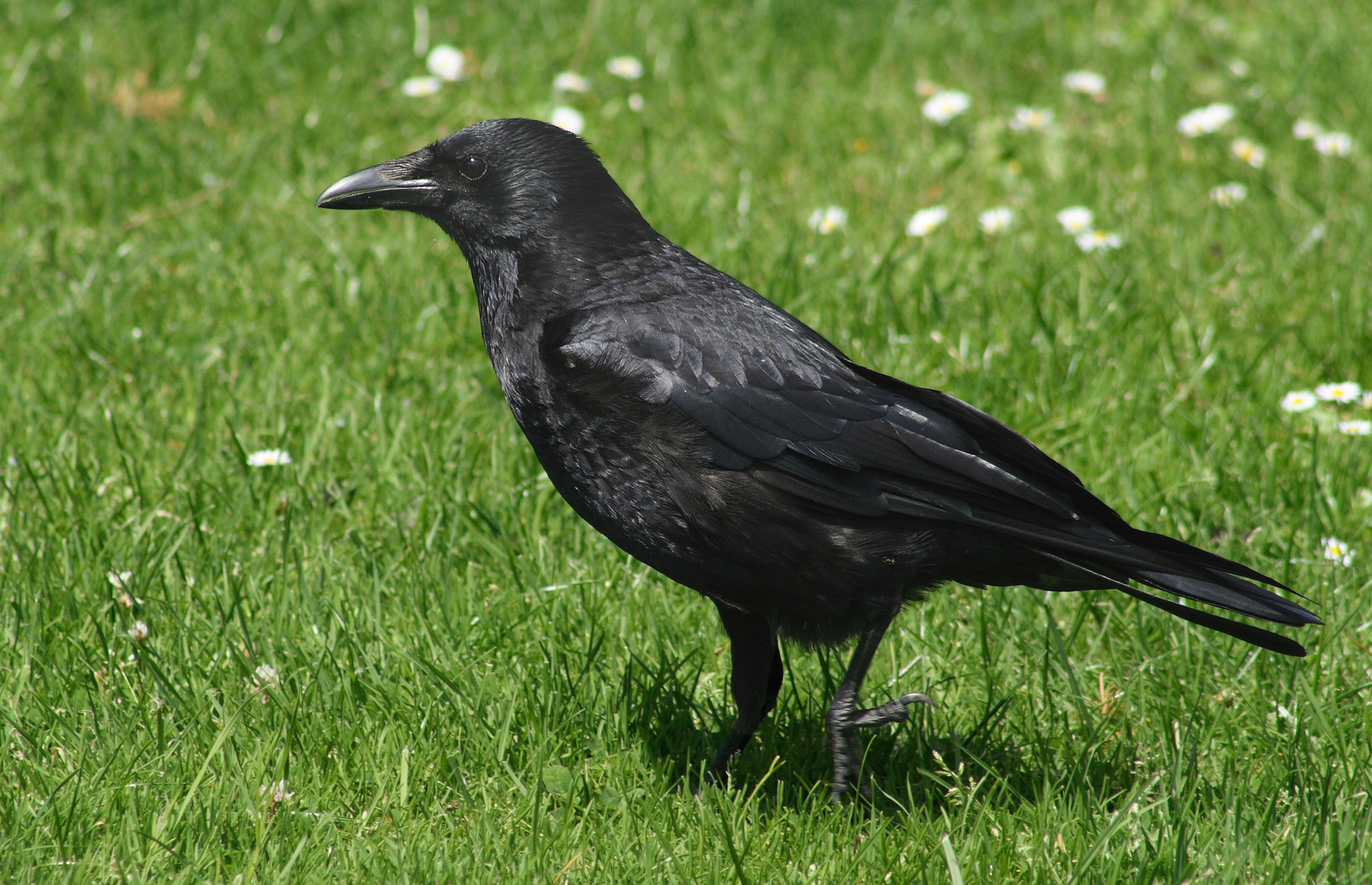
Crows have long fascinated scientists and laypeople alike with their remarkable intelligence. Belonging to the corvid family, which includes ravens and magpies, these birds are renowned for their problem-solving skills and ability to use tools. In the wild, crows have been observed fashioning sticks into hooks to extract insects from tree bark, demonstrating an understanding of cause and effect that rivals that of primates. This behavior is not instinctual; it showcases cognitive sophistication involving planning and foresight. Research has shown that crows can solve complex puzzles, often using combined tools to achieve their goals. For instance, New Caledonian crows have been known to use a sequence of tools to retrieve food, demonstrating an ability to plan several steps ahead. This level of strategic thinking, coupled with their ability to learn from observation and experience, positions crows as one of the most intelligent non-human species on the planet. Their tool use isn't just a fascinating quirk of nature; it challenges the definition of intelligence and forces us to reconsider the boundaries between human and animal cognition.
2. The Octopus: An Eight-Armed Engineer
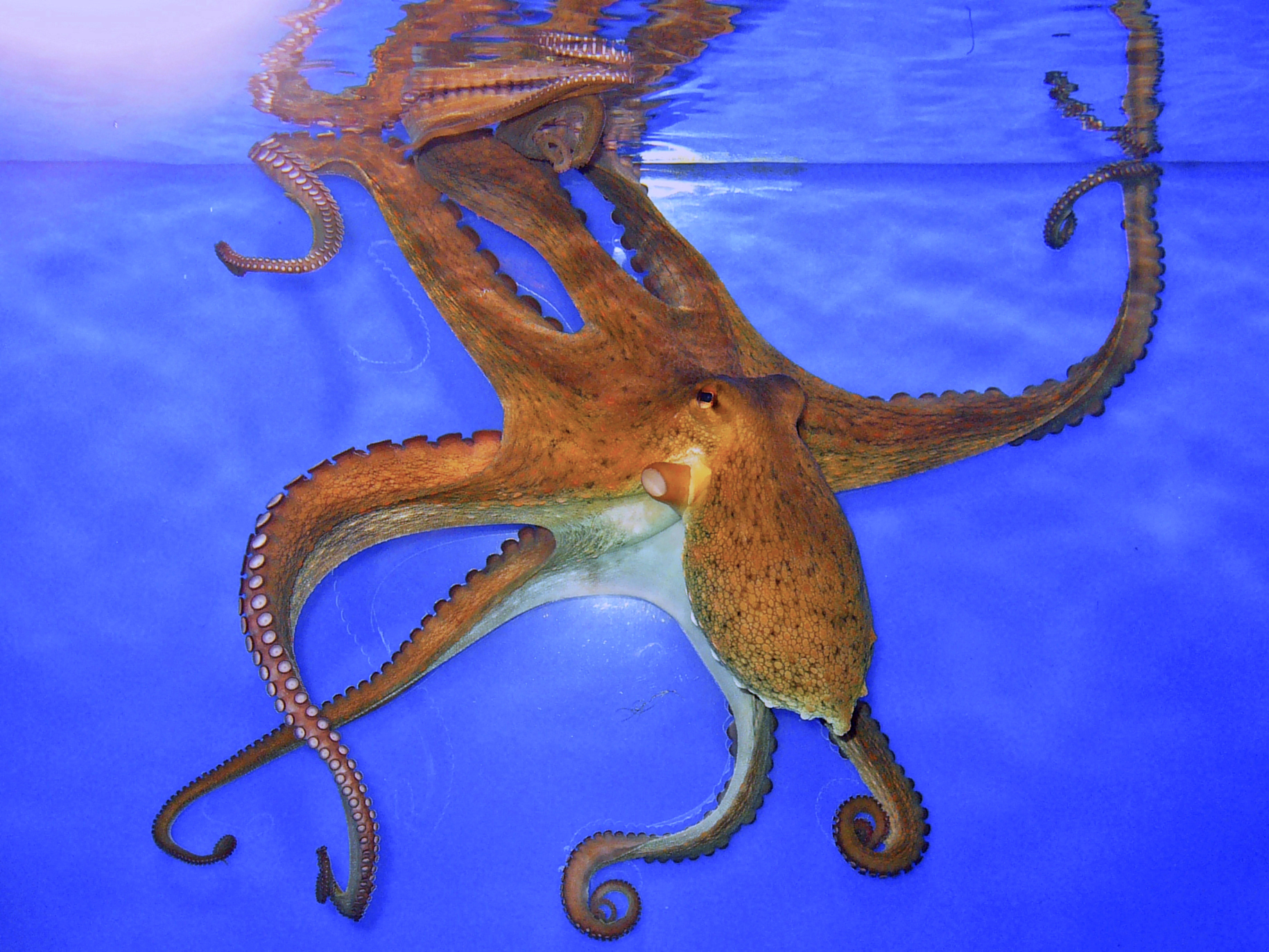
The octopus, a creature of the deep, possesses an intelligence that is as mysterious as the ocean. Known for their problem-solving abilities and escape artistry, octopuses have also been observed using tools in ways that are both innovative and practical. One of the most famous examples involves the veined octopus, which has been seen collecting coconut shells and using them as portable shelters. This behavior indicates using tools and understanding future needs, as the octopus carries the shells long distances to protect against predators. Octopuses are equipped with a highly developed nervous system and brain, allowing them to exhibit complex and purposeful behaviors. Their ability to manipulate objects with their dexterous arms and keen problem-solving skills make them formidable tool users. Furthermore, octopuses have demonstrated the ability to learn through observation, a rare trait in the animal kingdom that underscores their cognitive prowess. As we continue to study these enigmatic creatures, we are reminded of the vast potential for intelligence and innovation that exists beyond the human experience.
3. Dolphins: The Underwater Tool Users

Dolphins are celebrated for their intelligence and social complexity, but their use of tools is a lesser-known aspect of their cognitive abilities. In the shallow waters of Shark Bay, Australia, bottlenose dolphins have been observed using marine sponges as protective coverings for their snouts while foraging on the ocean floor. This behavior, known as "sponging," allows dolphins to probe into the sandy seabed without injuring themselves, demonstrating foresight and innovation. Using sponges as tools is a learned behavior passed down from mother to calf, highlighting the cultural transmission of knowledge within dolphin communities. This cultural aspect of tool use is significant, as it suggests that dolphins possess a form of social learning akin to human traditions. The ability to use and teach tool use is a testament to the dolphins' sophisticated cognitive abilities and problem-solving capacity. As we explore the ocean's depths, the dolphins' ingenuity reminds us of the intelligent life beneath the waves, challenging our perceptions of what it means to be a tool user.
4. Elephants: The Gentle Giants with a Knack for Tools
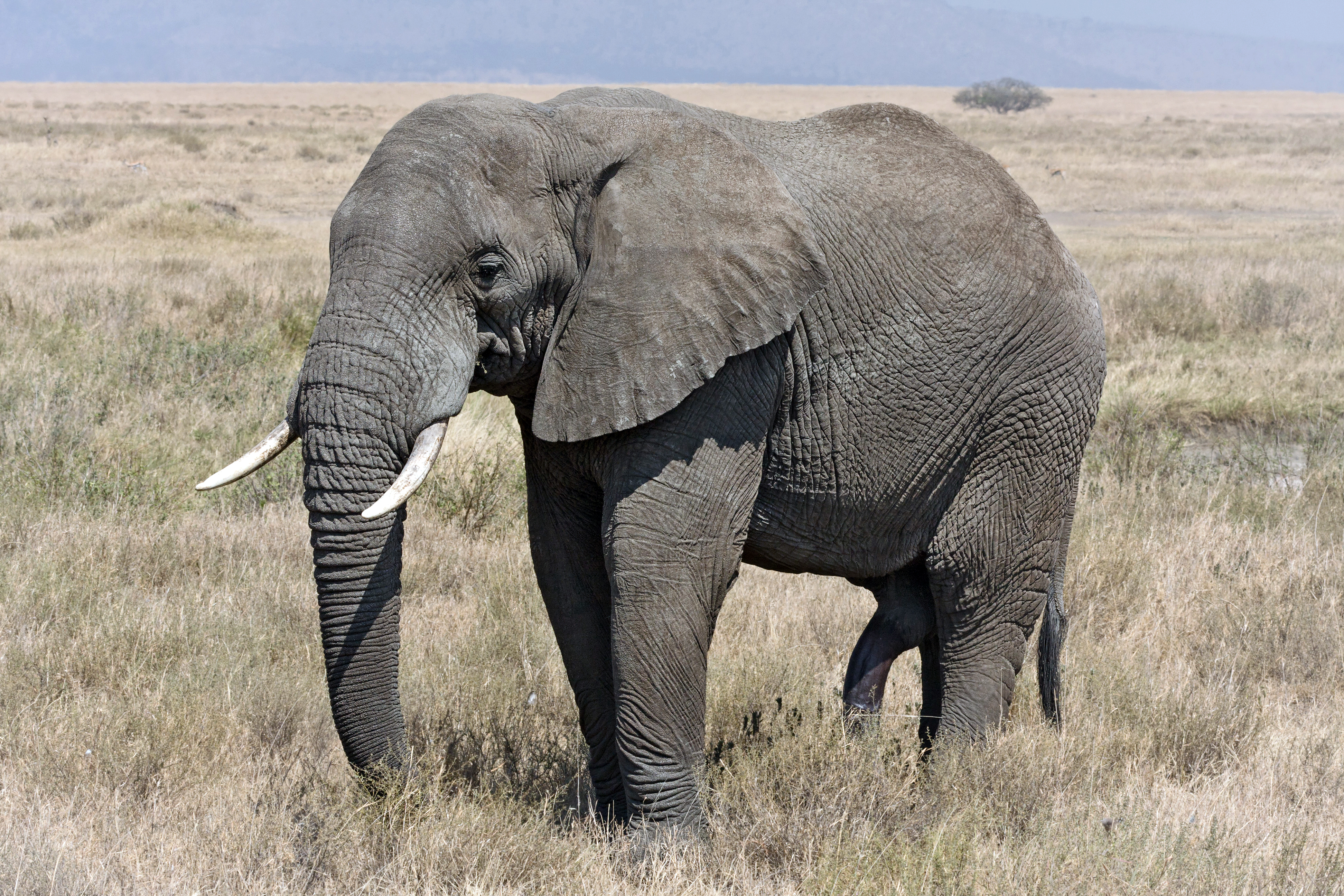
Elephants, known for their immense size and gentle demeanor, are also remarkable tool users. These majestic creatures have been observed using sticks to scratch themselves in hard-to-reach places, showcasing self-awareness and problem-solving ability. In addition to using natural objects as tools, elephants have demonstrated the ability to manipulate their environment to their advantage. For instance, they will dig holes to access water, using their trunks to remove debris and create a drinking source during dry seasons. The intelligence of elephants extends beyond their physical interactions with the environment. They possess a highly developed social structure and exhibit behaviors that suggest empathy and cooperation, such as assisting injured herd members. The use of tools is just one aspect of their cognitive abilities, which also include memory, communication, and emotional intelligence. As we learn more about these gentle giants, we gain a deeper appreciation for their role as toolmasters in the animal kingdom and the lessons they can teach us about the interconnectedness of life.
5. Sea Otters: The Playful Problem Solvers

With their playful demeanor and endearing appearance, sea otters are also adept tool users. These marine mammals are known for using rocks to crack open the hard shells of mollusks, a behavior that requires both dexterity and precision. Sea otters demonstrate practical and efficient ingenuity by floating on their backs and using their chests as anvils. This tool is a testament to their intelligence and a critical survival skill in their oceanic habitat. The ability of sea otters to use tools is a learned behavior passed down through generations, indicating a form of cultural transmission. This cultural aspect of tool use is significant, as it highlights the social learning that occurs within otter communities. Furthermore, the playful nature of sea otters is not just for entertainment; it serves as a means of developing and refining their tool-using skills. Observing these charming creatures in their natural habitat reminds us of how intelligence manifests in the animal kingdom and the importance of preserving these unique behaviors for future generations.
6. Chimpanzees: The Primates with a Plan
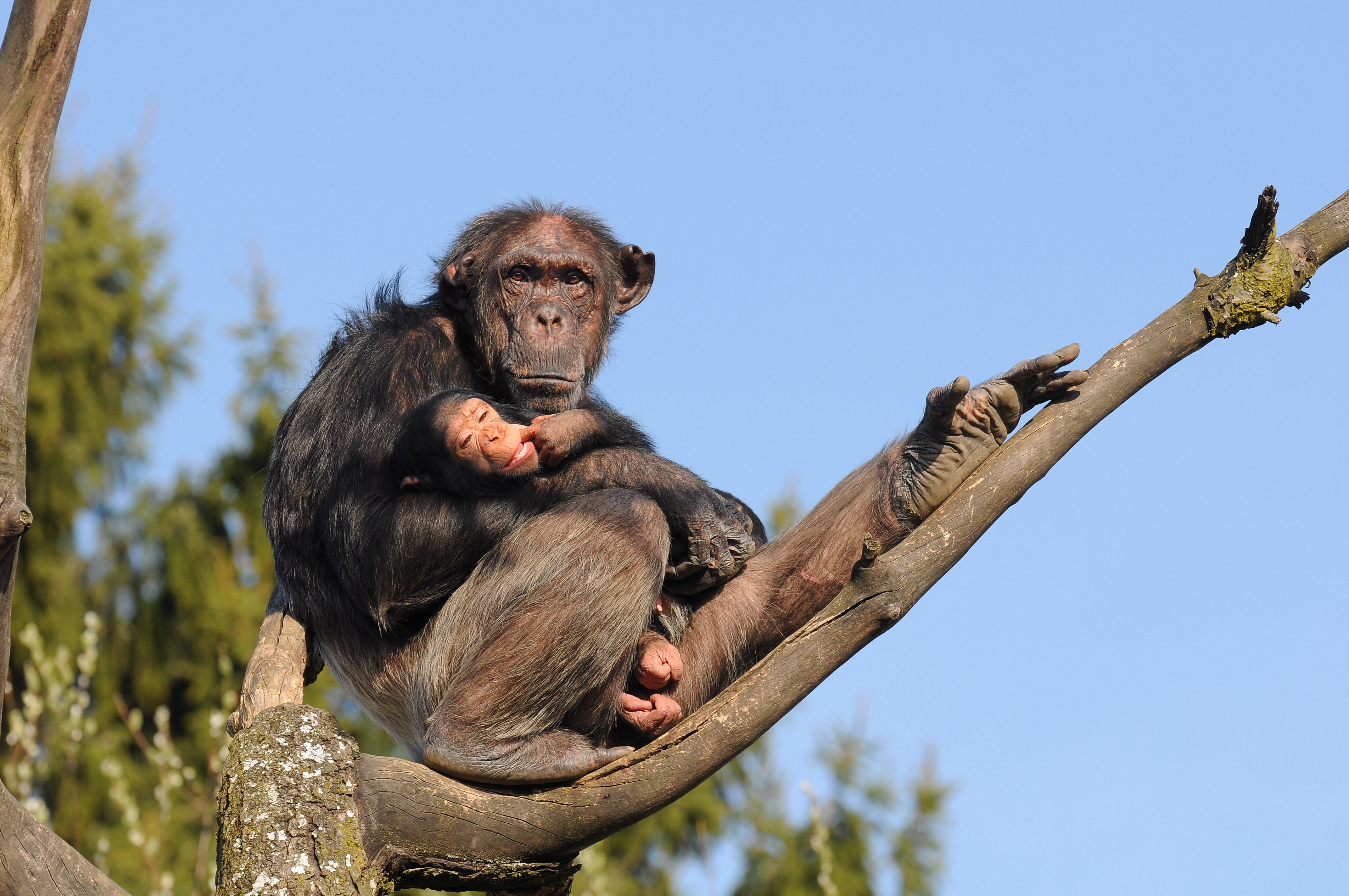
Chimpanzees, our closest living relatives, are renowned for their intelligence and complex social behaviors. Among their many impressive abilities is their use of tools, which has been extensively documented in the wild. Chimpanzees have been observed using sticks to extract termites from mounds, which requires patience and precision. This tool is not merely instinctual; it involves planning and foresight indicative of advanced cognitive processes. In addition to using tools for foraging, chimpanzees have been known to fashion spears for hunting small animals, showcasing their ability to innovate and adapt to their environment. This tool-making ability is a learned behavior passed down through generations, highlighting the cultural transmission of knowledge within chimpanzee communities. The study of chimpanzee tool use provides valuable insights into the evolution of human intelligence and the shared ancestry that connects us to these remarkable primates. As we continue to explore the depths of their abilities, we gain a greater understanding of the cognitive capacities that define our place in the animal kingdom.
7. Ants: The Tiny Architects of Efficiency
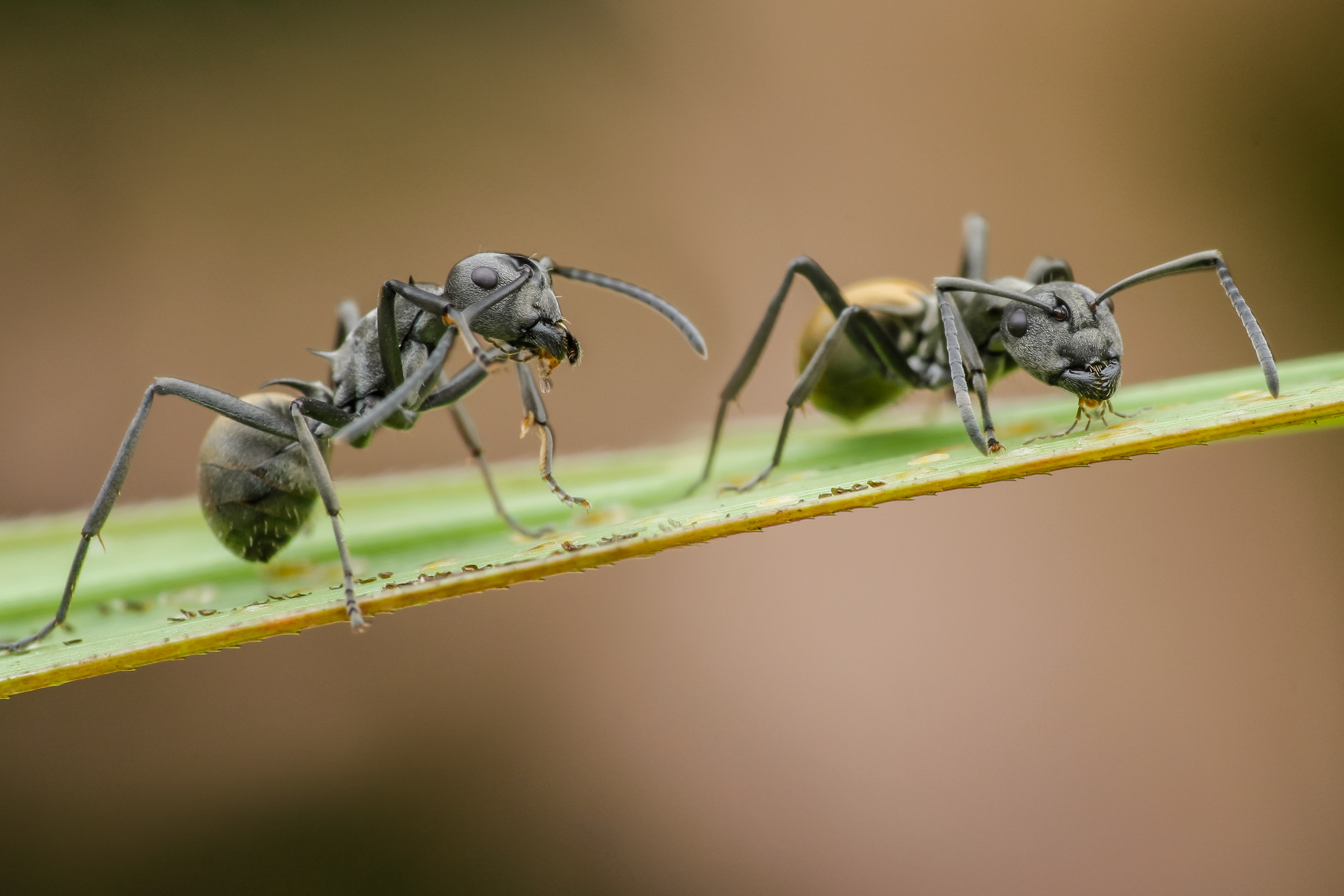
Ants, though small in stature, are among the most industrious and organized creatures on the planet. These tiny insects have developed a range of tool-using behaviors that enhance their ability to survive and thrive in diverse environments. One of the most fascinating examples of ant tool use involves using leaves and twigs to transport food and water back to their colonies. This behavior demonstrates a level of cooperation and problem-solving that is essential for the success of their highly structured societies. The ability of ants to use tools is not limited to foraging; some species have been observed using sand and soil to build intricate structures that regulate temperature and humidity within their nests. This architectural prowess is a testament to their ability to manipulate their environment to their advantage, showcasing ingenuity often overlooked due to their diminutive size. As we study these remarkable insects, we are reminded of the complexity and diversity of life on Earth and how intelligence can manifest in the natural world.
8. Orangutans: The Forest Engineers
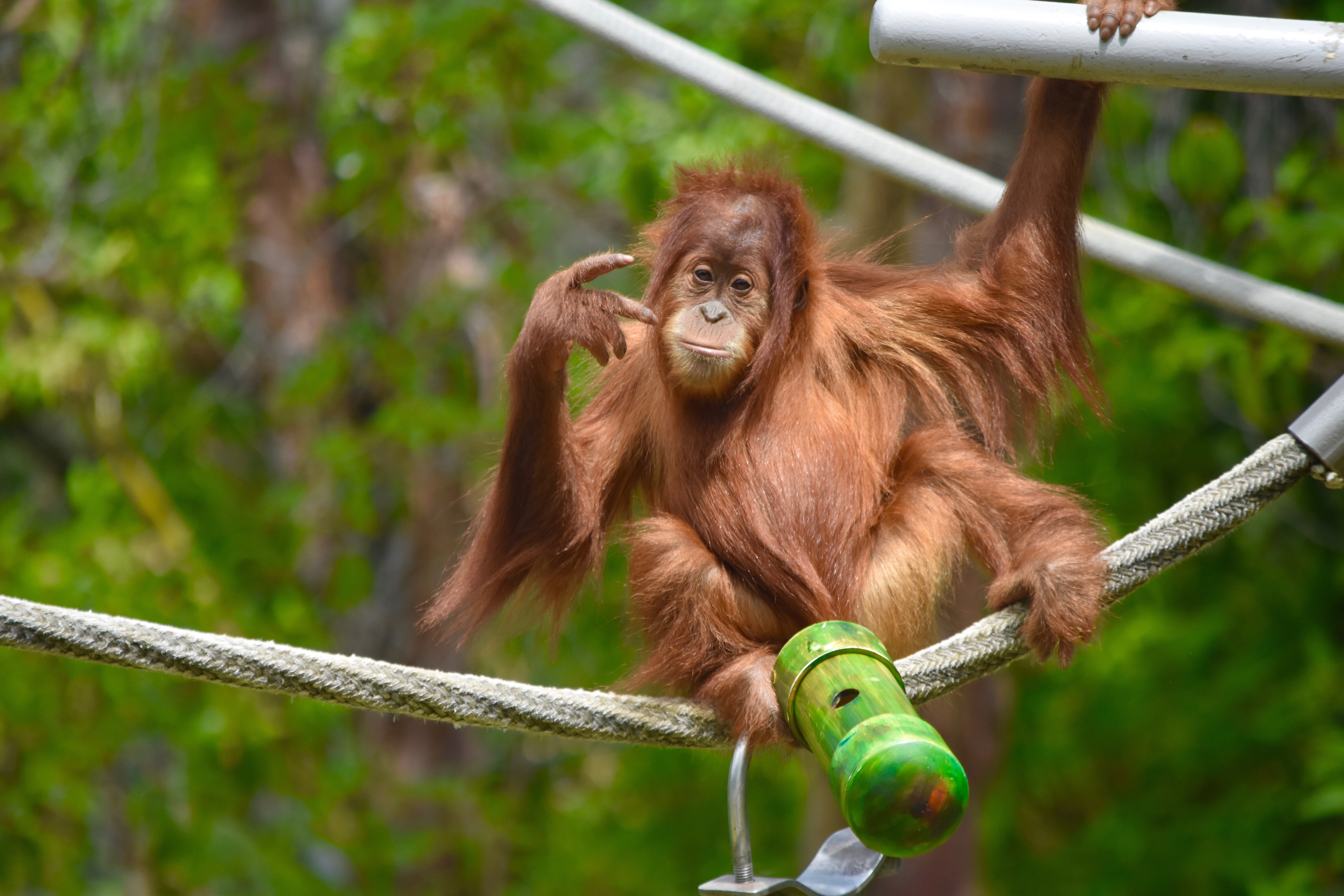
Orangutans, the gentle giants of the rainforest, are known for their intelligence and ability to use tools in their arboreal environment. These primates have been observed using sticks to extract insects from tree bark and leaves as makeshift umbrellas during rainstorms. This tool is a testament to their problem-solving abilities and an adaptation to their complex and dynamic habitat. Using tools by orangutans is a learned behavior passed down through generations, indicating a form of cultural transmission. This cultural aspect of tool use is significant, as it highlights the social learning that occurs within orangutan communities. Furthermore, the ability of orangutans to innovate and adapt to their environment is a testament to their cognitive abilities and problem-solving capacity. Observing these magnificent creatures in their natural habitat reminds us of the rich diversity of life on Earth and the importance of preserving these unique behaviors for future generations.
9. Woodpecker Finches: The Avian Innovators
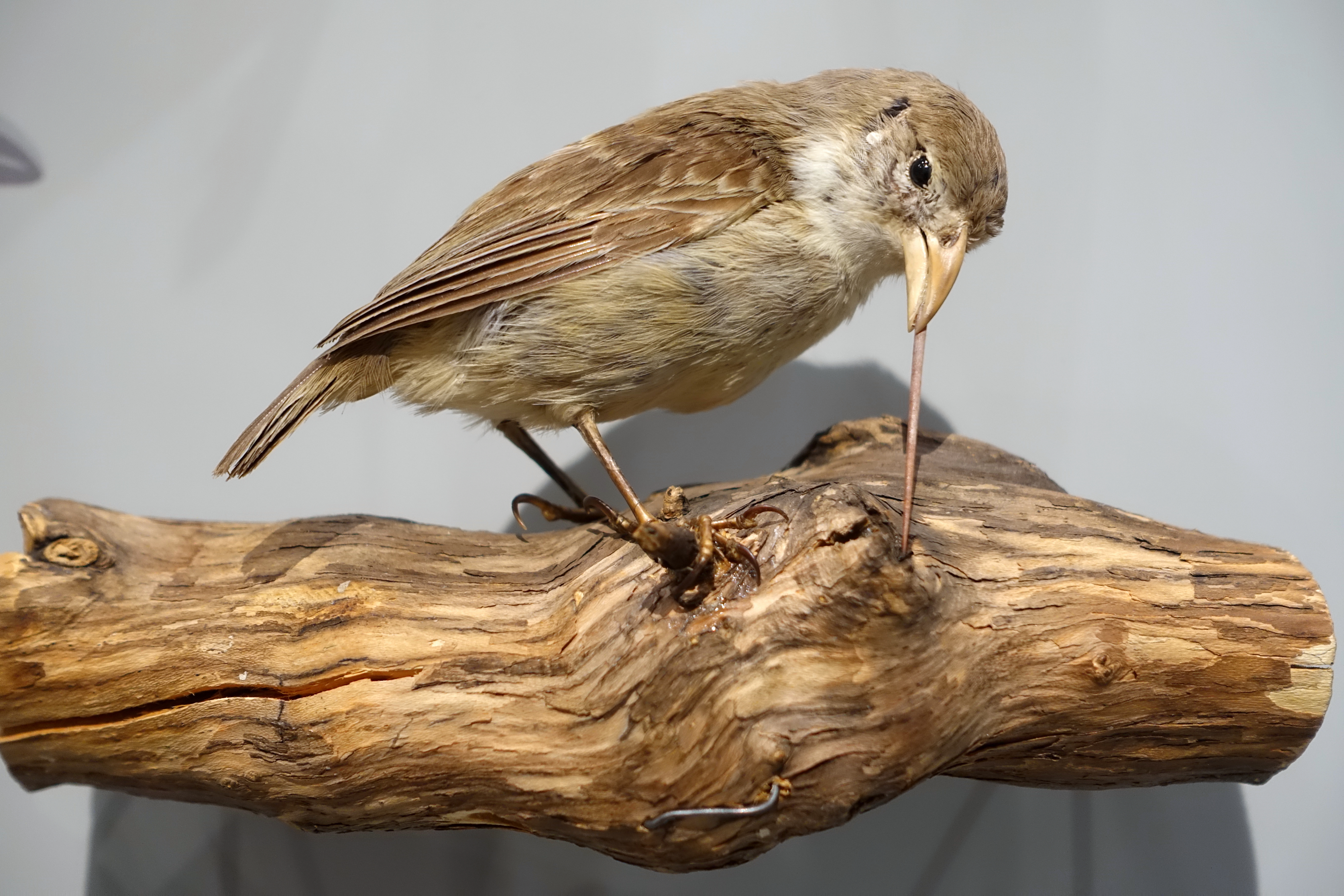
Woodpecker finches, native to the Galápagos Islands, are among the most innovative tool users in the avian world. These small birds have been observed using twigs and cactus spines to extract insects from tree bark, which requires both dexterity and precision. This tool is a testament to their intelligence and a critical survival skill in their challenging environment. The ability of woodpecker finches to use tools is a learned behavior passed down through generations, indicating a form of cultural transmission. This cultural aspect of tool use is significant, as it highlights the social learning that occurs within finch communities. Furthermore, the ability of woodpecker finches to innovate and adapt to their environment is a testament to their cognitive abilities and problem-solving capacity. As we observe these remarkable birds in their natural habitat, we are reminded of how intelligence manifests in the animal kingdom and the importance of preserving these unique behaviors for future generations.
10. Gorillas: The Gentle Giants with a Grasp on Tools
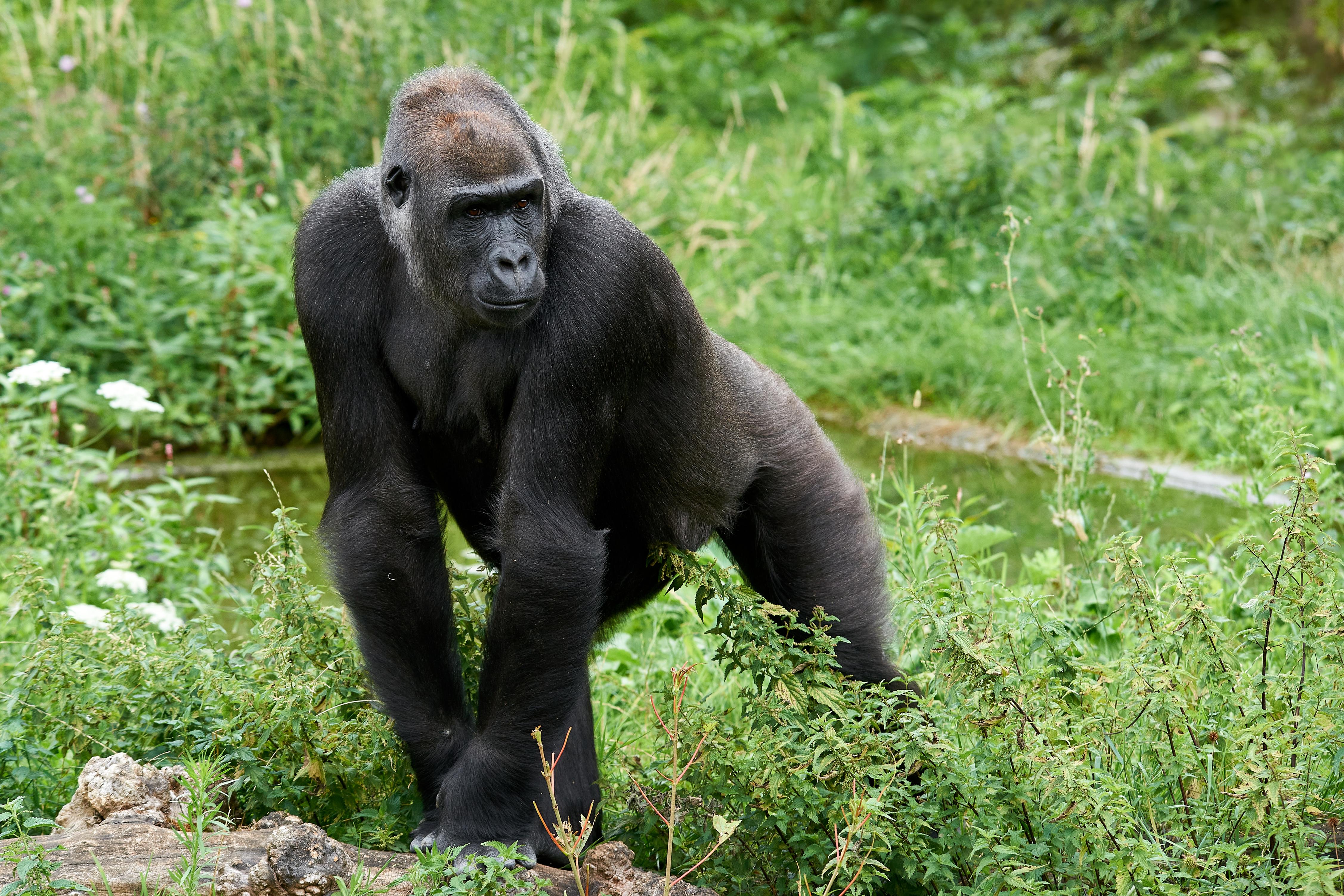
Gorillas, the largest of the great apes, are known for their intelligence and complex social behaviors. Among their many impressive abilities is their use of tools, which has been documented in the wild. Gorillas have been observed using sticks to test water depth and as makeshift bridges to cross streams, showcasing their ability to innovate and adapt to their environment. The use of tools by gorillas is a learned behavior passed down through generations, highlighting the cultural transmission of knowledge within gorilla communities. This cultural aspect of tool use is significant, as it suggests that gorillas possess a form of social learning akin to human traditions. The ability to use and teach tool use is a testament to the gorillas' sophisticated cognitive abilities and problem-solving capacity. As we explore the forest's depths, the gorillas' ingenuity reminds us of the intelligent life that thrives within the animal kingdom, challenging our perceptions of what it means to be a tool user.







